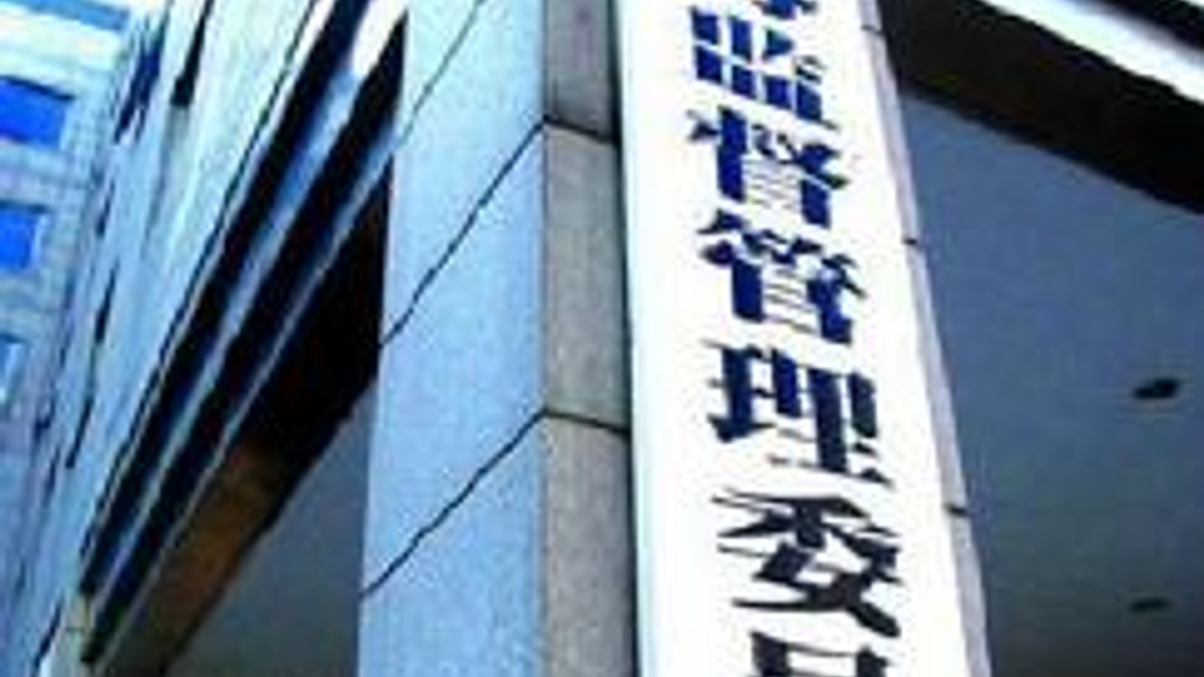China readies for resumption of treasury bond futures
Individuals and private funds are expected to lead the pack into China treasury bond futures, offered for the first time after an 18-year hiatus.

Non-institutional investors are readying for the resumption of trading in treasury bond futures in China after an 18-year hiatus sparked by a short-selling scandal.
Sign In to Your Account
Access Exclusive AsianInvestor Content!
Please sign in to your subscription to unlock full access to our premium AI resources.
Free Registration & 7-Day Trial
Register now to enjoy a 7-day free trial—no registration fees required. Click the link to get started.
Note: This free trial is a one-time offer.
¬ Haymarket Media Limited. All rights reserved.


